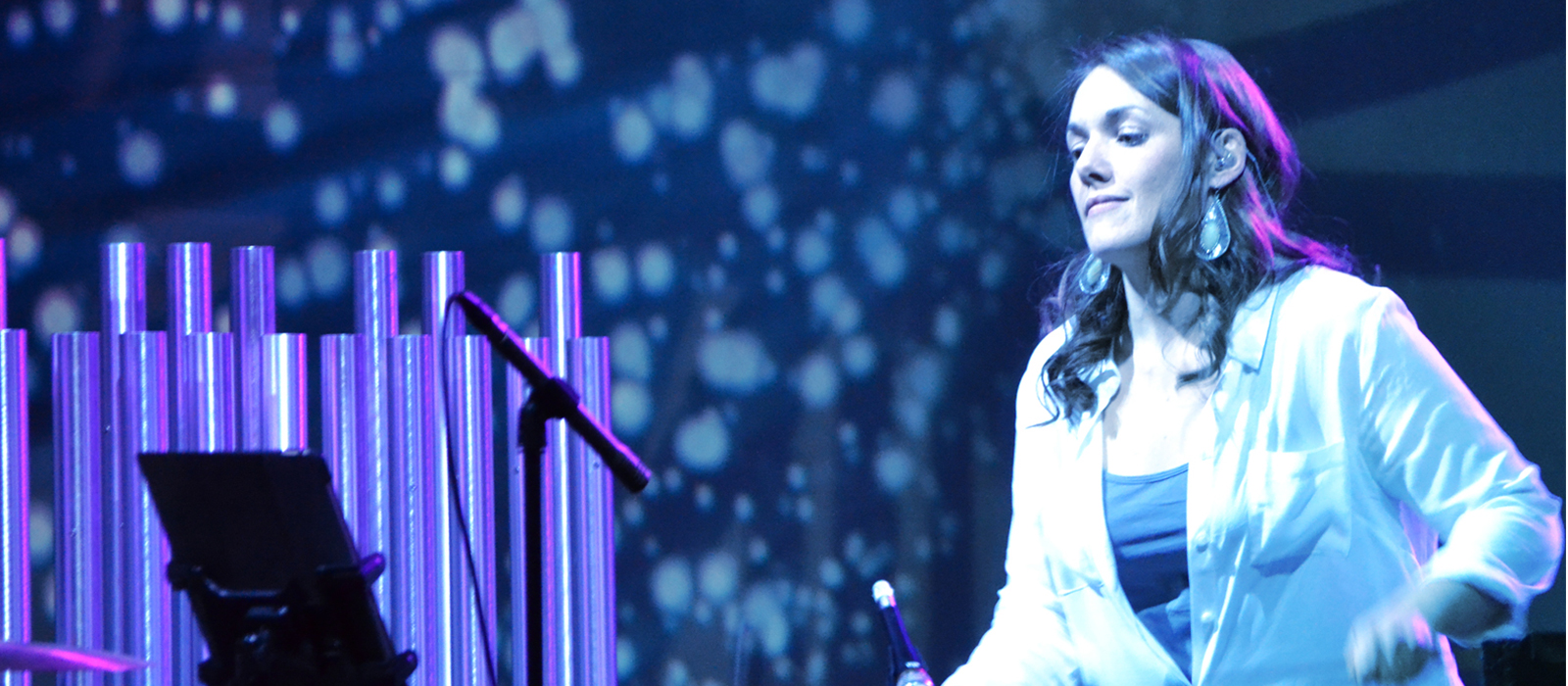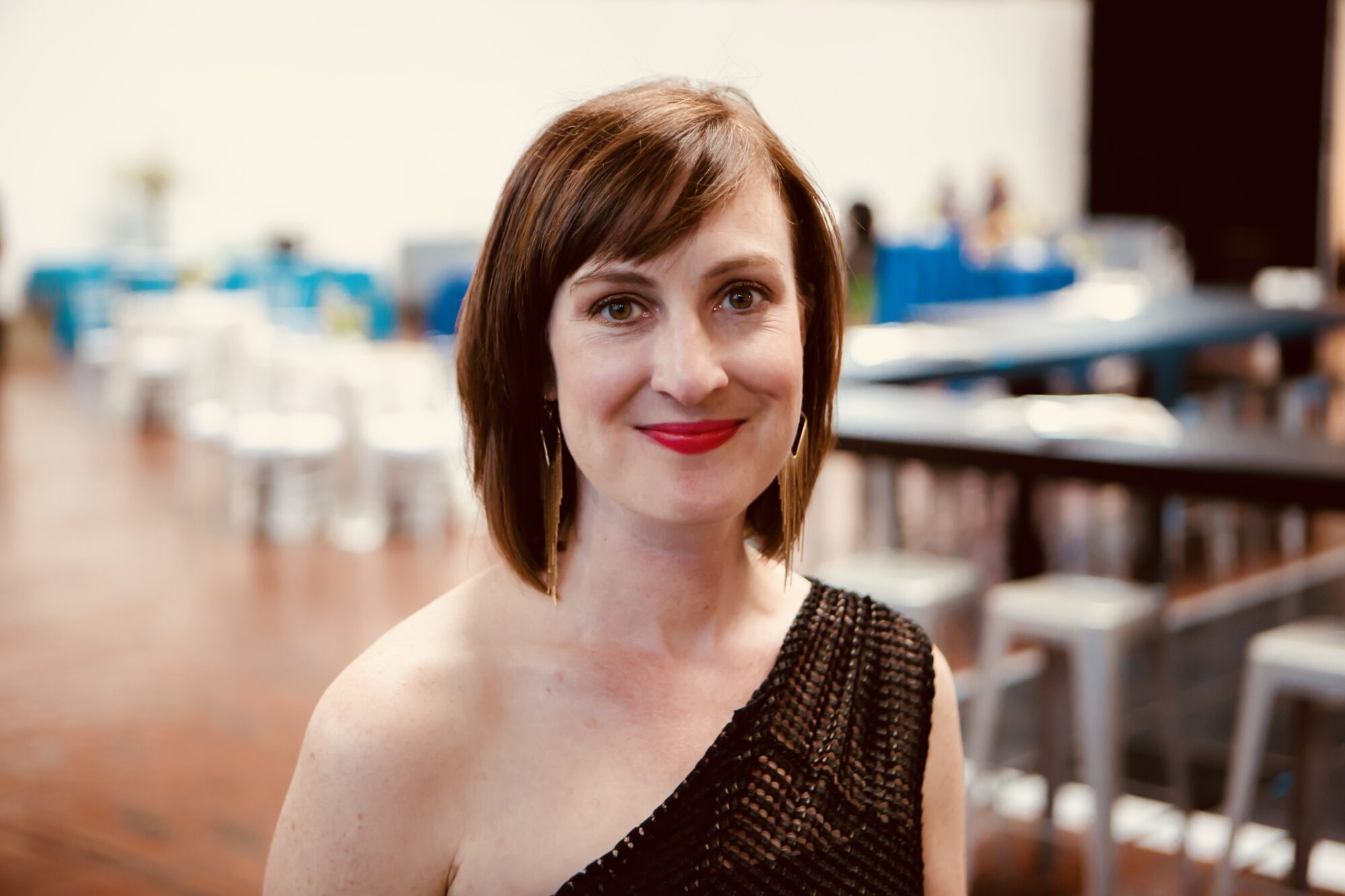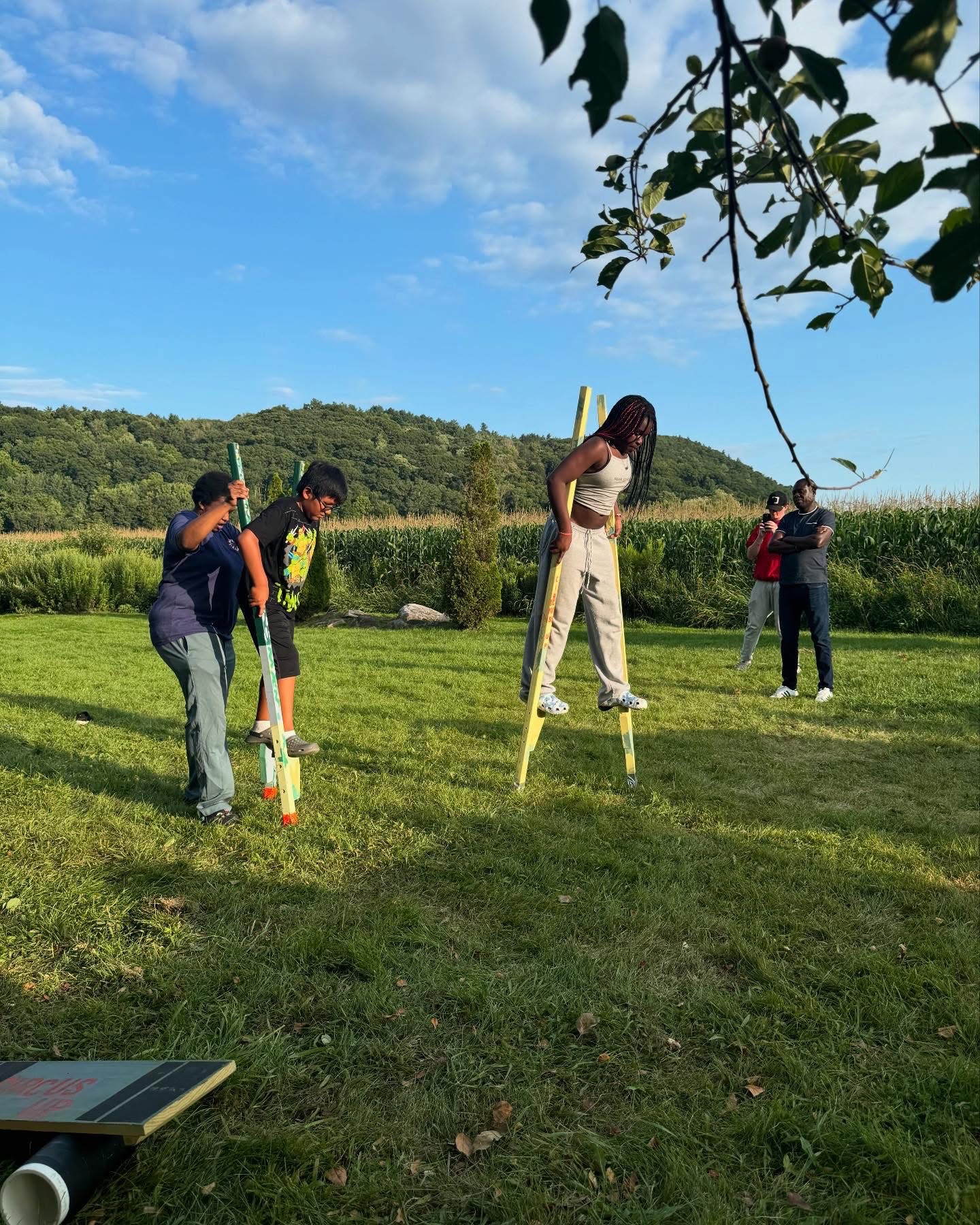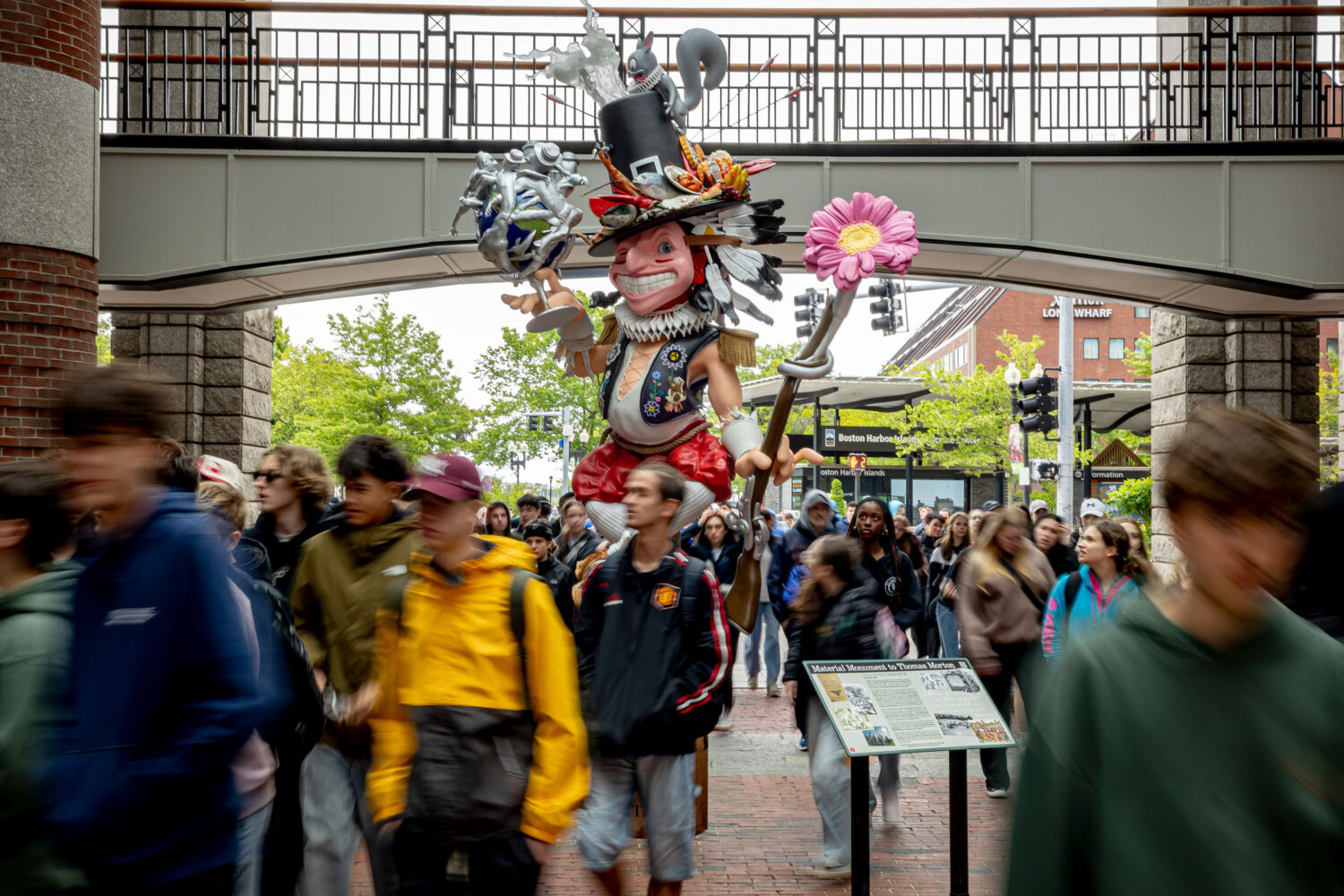The Arts are always about taking risks. But funding for risk-taking is often hard to come by. With new resources dedicated to artistic risk, seven organizations pushed themselves beyond their comfort zones. This story of what happened comes from Boston Center for the Arts’ Chief Advancement Officer, Emily Foster Day.
The Cyclorama has always been the crown jewel of our 500+ acre campus in the South End. There is no building quite like it. The brick floor, copper dome and skylight make for a stunning venue – if also a notoriously challenging one for artists. The acoustics are tricky. Lighting the space is a challenge. It’s an odd, unusual, interesting room. Its unique features have drawn individuals and organizations to use it as an event space for years. That is also what has made it a key revenue generator for the Boston Center for the Arts (BCA).
When it was designed and constructed in the 1880s, the purpose of the Cyclorama was to serve as a showcase for visual and performing arts. Exhibiting art fulfills our mission to support the creation, performance, and display of new artwork in new ways for new audiences, connecting arts to community. Yet, the majority of our programming in the space has not actually been arts-related. As an arts organization, the irony of the relative lack of art in the Cyclorama was never lost on us, and we were working to change this model.
When the opportunity came to use this grant to take an artistic risk, the challenges presented by the space became opportunities to activate the Cyclorama like never before. And thanks to the grant funds, we could welcome an artist to the space without the temptation of a rental client diverting our plans. Our Director of Visual Arts, Randi Hopkins, thought of Maria Finkelmeier, Ryan Edwards, Sam Okerstrom-Lang and their collective, Masary Studios, who are known for major, large scale, site-specific performances using sound, light, movement, and video to create a work that could directly respond to the unique architecture of the Cyclorama.
The performance piece they created, Know No., unveiled itself literally around the audience, who moved about the space as the artists performed among them. It was a unique experience of sound and light, imagery and percussion, choreography and spoken word. We had never seen anything like it, and as a result, weren’t entirely sure who the audience for it would be. We had no idea what to expect when we began promoting the show. Not only was this a new experience for the BCA and its audiences. It also did not fit neatly into a genre that we could easily market to.
We took a risk commissioning an installation in a space notoriously challenging for performances, creating something we weren’t sure we had an audience for, and potentially losing out on earned income to support our programs. But this process gave us permission to change the DNA of Boston Center for the Arts and we could not be more satisfied with the results.
We invite you our share this story of artistic risk-taking, and to join the conversation using #ArtisticRisk.
About the Barr-Klarman Arts Capacity Building Initiative and this video series:
The Barr-Klarman Arts Capacity Building Initiative was a five-year initiative to strengthen the long term financial health of a group of Boston area arts organizations. Throughout the Initiative, the partners grappled with the question: capitalization to what end? What’s the desired change for the organization and for our communities? First, the cohort explored what organizational risks could look like, and the kinds of capital needed. And in the last two years, the partners asked what taking risks in the art and curation looked like, and what kinds of support are needed for risk-taking. A fund was set up as part of the Initiative, with the goal of supporting projects that took organizations out of the comfort zone of their usual practice, potentially against standard field practice, and with the potential to change their organizational way of working.
These commissioned videos document the journey of the seven projects that were funded. Each centers on one organization and, through the eyes of its leaders, gives a glimpse into one journey of artistic risk-taking. We hope that these leaders and projects will engage you a conversation that deepens understanding and builds support for this exciting kind of work.




